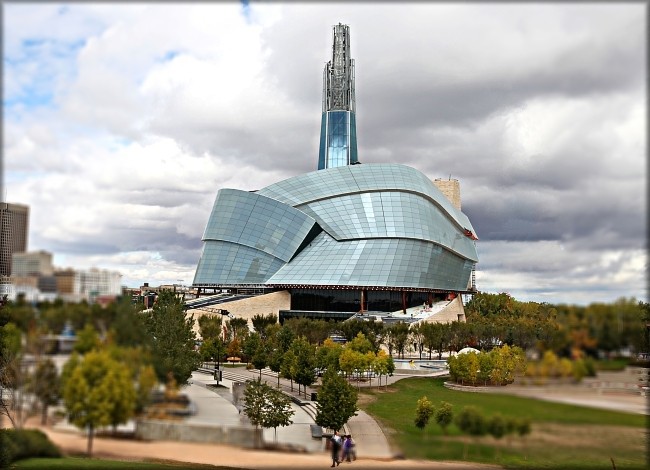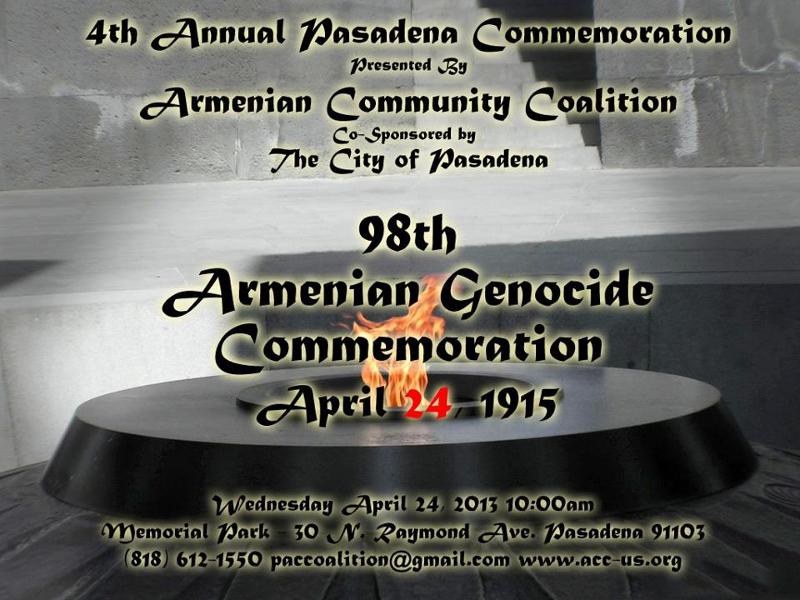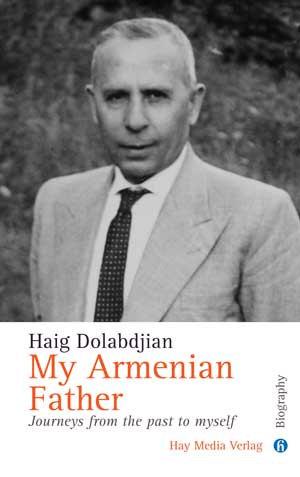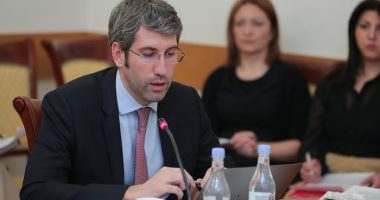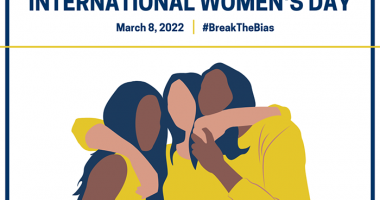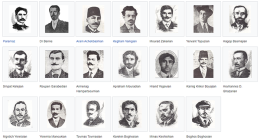WINNIPEG — Calling the killing of Armenians by Ottoman Turks a genocide may hurt lucrative trade between Canada and Turkey but the Canadian Museum for Human Rights is not about to call the slaughter of an estimated 1.5 million people anything other than genocide, the Winnipeg Free Press writes.
When the museum opens in Winnipeg next year, information about the Armenian genocide will be included in its galleries, and it will be called “genocide,” the museum’s head of stakeholder relations said Sunday.
Clint Curle was responding to reports that Turkish Ambassador Tuncay Babali said the Harper government’s decision to brand the First World War-era killing of Armenians as genocide may be hindering a potentially lucrative trading relationship with Turkey.
“I’m a true believer in the potential of our two nations,” Babali told The Canadian Press. “Canada has a lot to offer Turkey and Turkey in return has a lot to offer Canada,” said Babali in the interview, noting Canada’s internal Foreign Policy Plan has identified Turkey as a key country of focus.
“It cannot be business as usual while accusing a nation of genocide. It’s a serious allegation. It needs to be substantiated legally, historically.”
Babali said he suspects Canada is not engaging as quickly as Turkey would like because the genocide issue is still hanging over relations. The $2.5 billion in two-way trade between the countries “is far from the potential” of what Turkey predicts would result from deeper economic ties: $10 billion to $15 billion within five years, he said.
On the genocide question, Babali said Turkey would like to see a gesture from Canada that the government is “trying to leave this behind us.”
The Armenian genocide will not be left behind when the Canadian Museum for Human Rights opens, Curle said.
“Human rights lessons from the Armenian genocide will be explored in a number of ways in the CMHR, including in an exhibit exploring Raphael Lemkim’s work (he coined the term genocide), an exhibit examining the 1948 Genocide Convention, and in a gallery that will explore a cross-section of global mass atrocities, including the five atrocities that the Canadian Parliament has recognized as genocides,” said Curle.
“This gallery will include survivor testimony, primary-source evidence and an exhibit that explores the diaspora community struggles that led to the Parliamentary recognition of the Armenian genocide.”
In April 2004, Parliament passed a resolution acknowledging the Armenian genocide of 1915 and condemning it as a crime against humanity.
In a museum blog posted last week, Curle said it’s a timely human rights issue.
“Ongoing denial of this historic atrocity, waged in the name of ethnic homogeneity, makes it a contemporary human rights concern.” He recently visited Yerevan in Armenia to see the genocide museum there and will be working to develop links between it and the human rights museum in Winnipeg.
On Sunday, he said the museum doesn’t take a position on issues surrounding trade and diplomacy.
“Our role is to promote and advance education about the importance of human rights, and to encourage and facilitate dialogue and reflection about human rights.”

